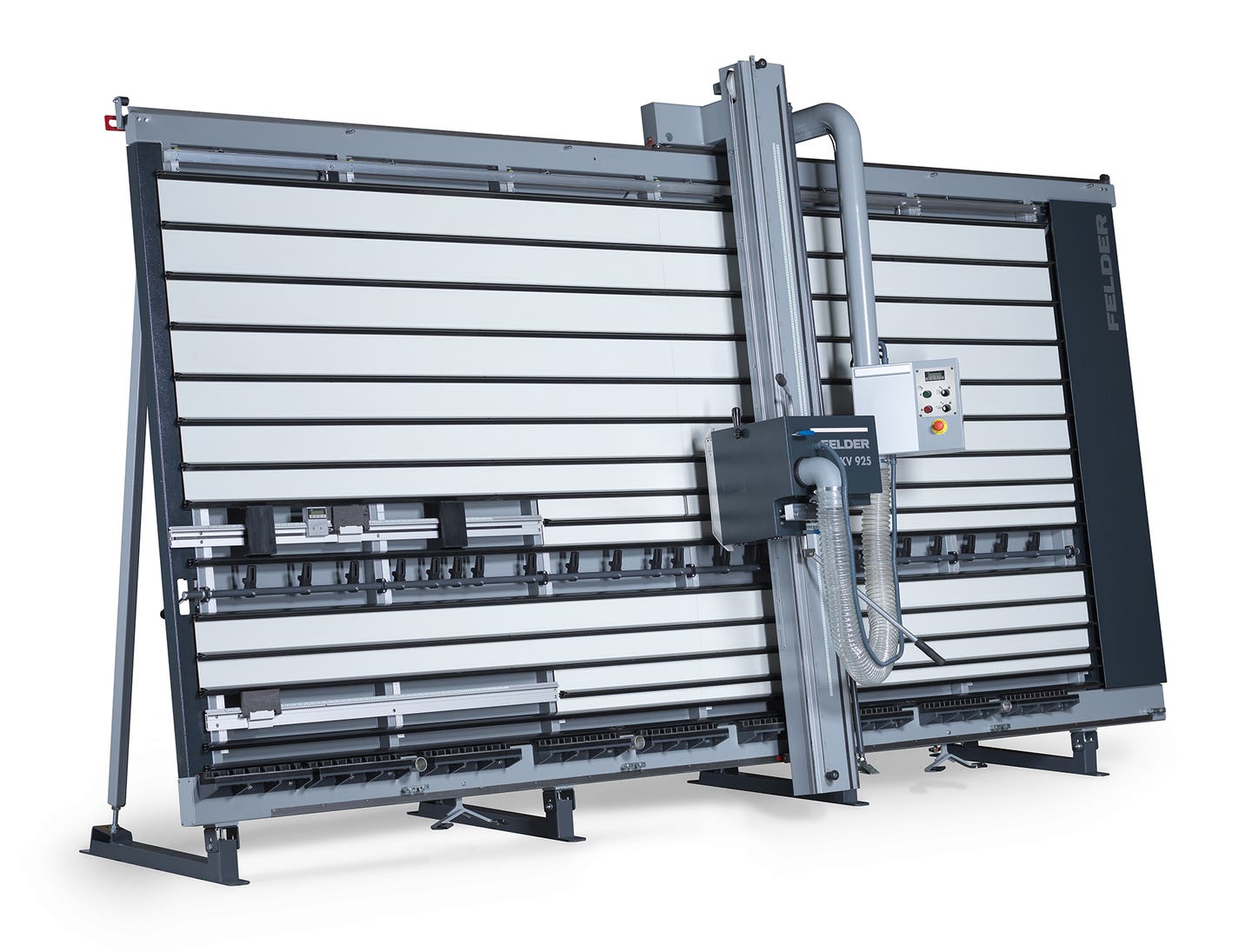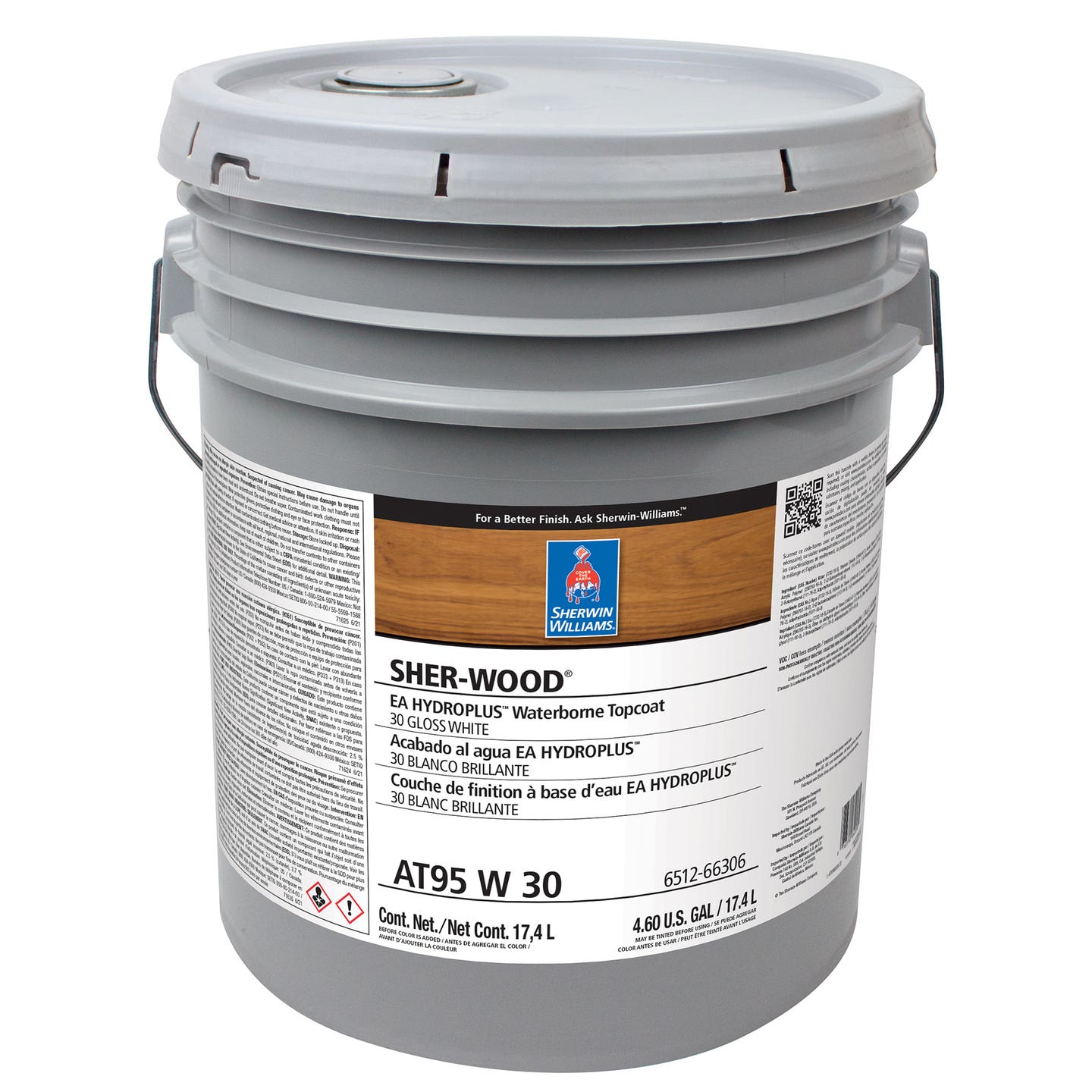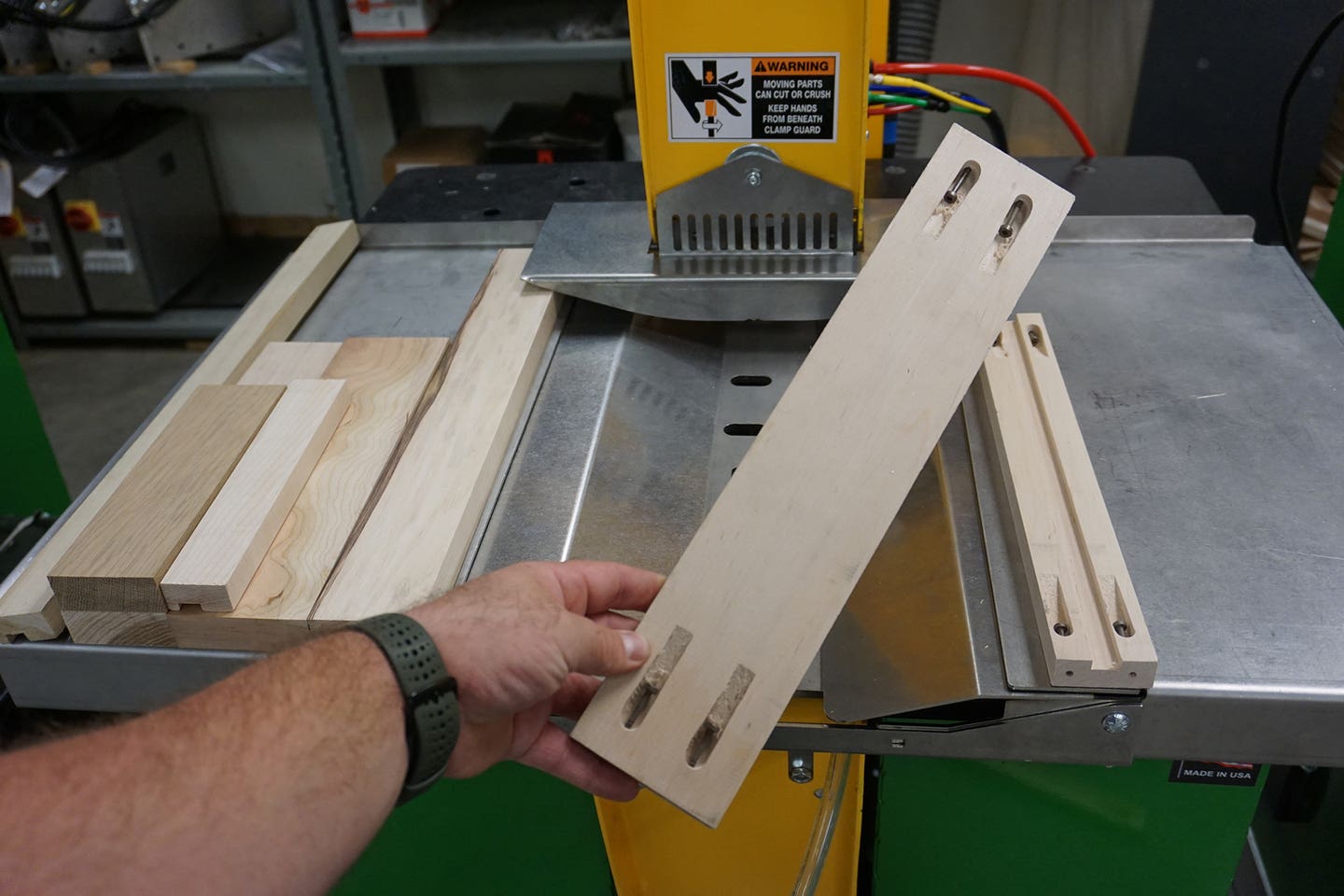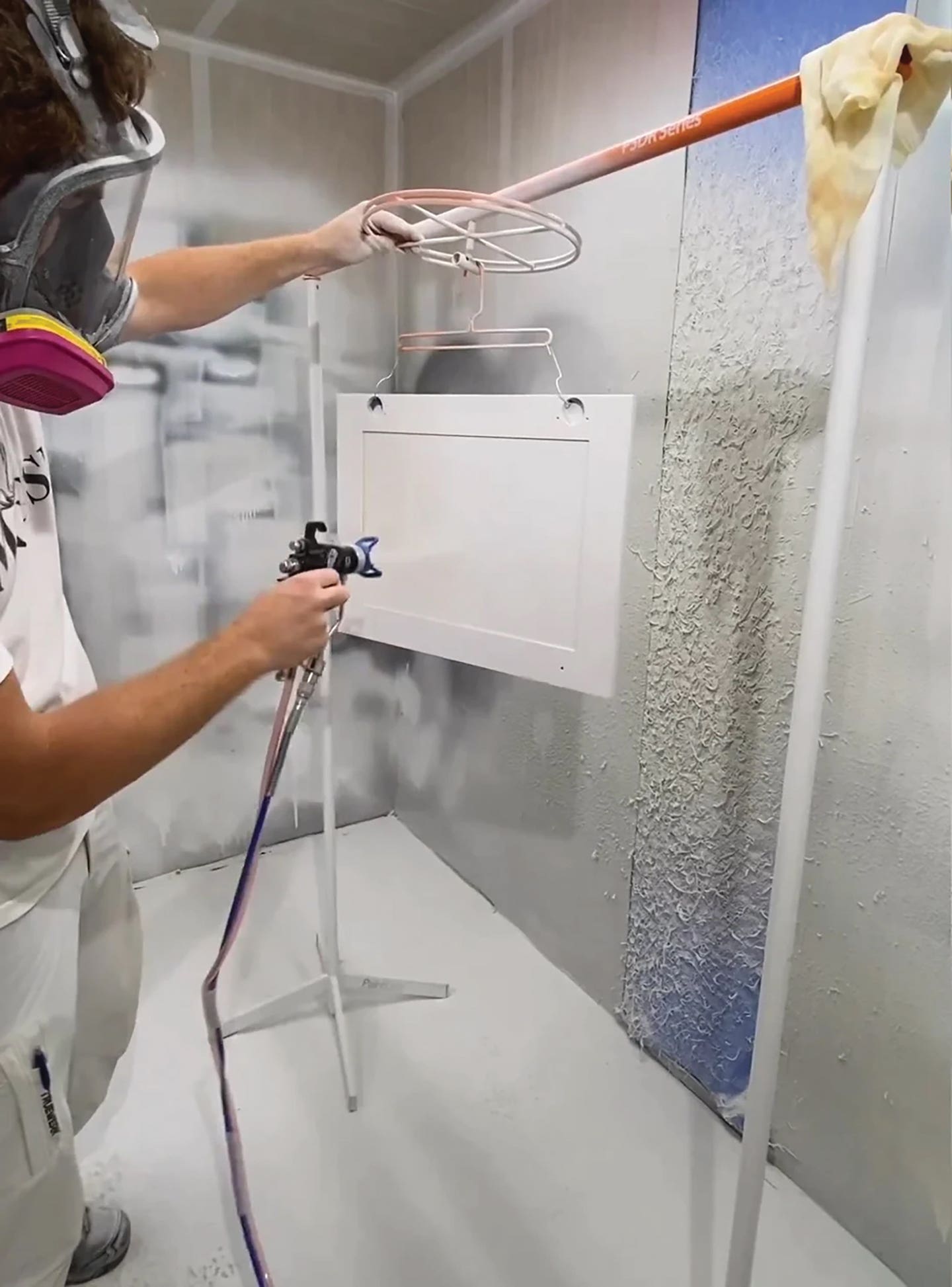Time changes attitudes toward waterborne coatings
What was the world like a decade ago? Flash back to 2007. The first iPhones hit store shelves in June. The Chicago Cubs hadn’t won a World Series in nearly…
What was the world like a decade ago? Flash back to 2007. The first iPhones hit store shelves in June. The Chicago Cubs hadn’t won a World Series in nearly 90 years. And most woodworkers didn’t want to discuss or consider waterborne coatings because of multiple issues such as durability, appearance and cost.
Ten years later, smartphones and tablets have seen multiple generations of improvements and are arguably a vital component of our lives. The Chicago Cubs are the defending world champions of baseball for the first time since 1908. And waterborne coatings are virtually everywhere in the world of woodworking and manufacturing. And if you haven’t looked at waterborne coatings lately, you’re in for some major — and pleasant — surprises.
Shop owners no longer cringe when waterborne coatings are mentioned. Improvements in resins, changes in chemistry and the need to reduce VOCs and formaldehyde in the finishing process are several reasons waterborne finishes have made believers out of many wood finishers and are drawing the attention of others.
It’s not too late to learn about the benefits of waterborne — not just the products themselves, but the financial paybacks and environmental enhancements shops can realize.
No more singing the blues
Resin enhancements and improved product chemistries allow today’s waterborne finishes to deliver a beautiful, long-lasting finish that performs well in residential or commercial settings, both in stain or paint applications. These performance improvements have eliminated past issues such as:
* Blue or purple haze upon application
* “Grabby” wood textures
* Yellowing and lift resistance
* Gloss retention Elasticity for joint movement
* Halo effects at the edge of finished components
* Stain resistance against common spills such as coffee, wine and ketchup
Waterborne makes cents
At one time, waterborne coatings could mean as much as a 30 percent markup compared with solvent-based coatings. Today, waterborne is competitively priced with solvents and can deliver at least a net-net break-even point. The price of waterborne hasn’t risen at the same rate as solvent-borne coatings, thanks in part to increasing demand for waterborne that has lowered the cost of pigment and resin bases. The price of solvent-based coatings, meanwhile, has risen in part because of increased VOC restrictions.
But waterborne can actually reduce overall operational costs because recovery rates mean overspray and waste can be reduced by as much as 25 percent.
Decreasing the use of solvent-based coatings also reduces the need to purchase special cleaning supplies. Most waterborne coatings can be cleaned up with soap and water. And, as fewer solvents are stored in the facility, a shop owner could realize a lower fire/hazard insurance policy through the reduction of flammable materials on site.
Finally, universal waterborne primers have been developed that can reduce finish inventory and save a shop money by virtue of its versatility. Such primers can be used with any topcoat — solvent-based, UV, waterborne or polyurethane. They can be tinted and used as a base color to eliminate steps in the finishing process. They require no catalyst, enhancing pot life and decreasing waste.
A selling point
Most, if not all, woodworking facilities need to be aware of and concerned with VOC emissions when it comes to their finishing process. And, while solvent-based coatings have made significant strides in lowering VOCs, waterborne coatings offer zero to low VOC levels. That’s a significant step in helping a shop reach sustainability goals.
Making the move to waterborne coatings means that shop owners can increase production without the need to apply for new permits for VOC emissions (and the hope that those are indeed granted).
It’s also a selling point. Many wood products manufacturers include sustainability messages in their marketing strategy and promote the fact that they use waterborne finishes as part of that messaging. On the other end, many consumers today base purchases on sustainable/environmental factors.
Application made easy
Waterborne application characteristics are much improved; one of the operational issues of waterborne coatings in the past was that the finishes were much more difficult to spray than solvent-based finishes. That’s no longer the case, thanks to chemistry enhancements making waterborne coatings as easy to spray as traditional lacquer.
Most finishing techniques and equipment changes are minor and lead to enhanced durability. Spraying lighter coats instead of heavy coats helps to ensure good grain seal. PTFE-coated or stainless internal spray equipment parts should be considered in order to keep them rust-free and fully operational. Changing sandpaper grits on both unfinished wood and between coats helps to reduce gain swelling. That’s where experience and tech support from the coatings supplier plays a major role in the overall finishing success.
Making the switch
The easiest way for a shop to convert to waterborne finish technology is to do so in small steps by working with a supplier that has extensive experience and offers technical support in helping with such a conversion. A shop might consider starting with one piece of its business, such as priming, staining or painting, and learn the process in steps.
For example, finishing closed grain woods such as maple or cherry with solvent-borne coatings can lead to blotching and that means extra sanding or application steps. Waterborne finishes deliver a quality finish and eliminate much of these extra steps, adding to the efficiency of a finishing operation. Improving the workability of one area can lead to other opportunities to deliver a better overall product.
Remember, it’s 2017, not 2007. Skeptics who might have wondered what they would ever do with a smartphone 10 years ago likely rely on those devices today. Similarly, wood finishers who wouldn’t even discuss waterborne finishes now rely on them to produce quality products that add to the bottom line. Change can be difficult, but it’s tough to argue with the success of waterborne finishes.
Les Smith is marketing development manager for Sherwin-Williams.
This article originally appeared in the July 2017 issue.






